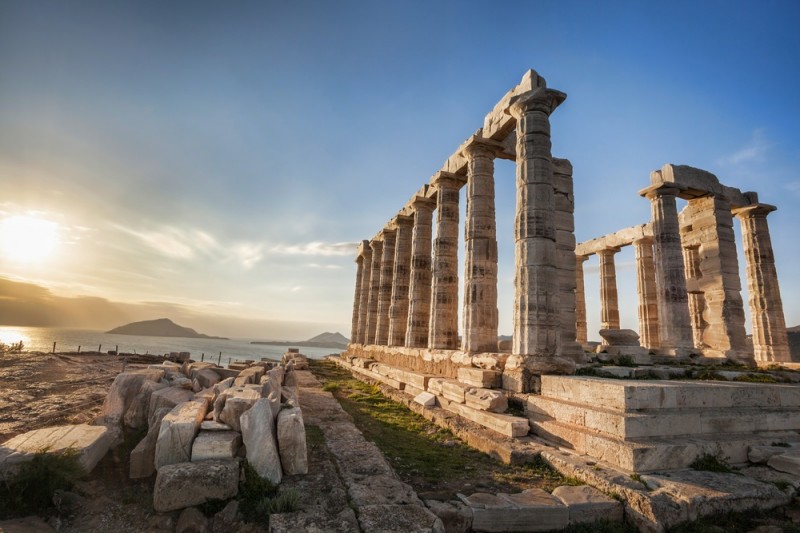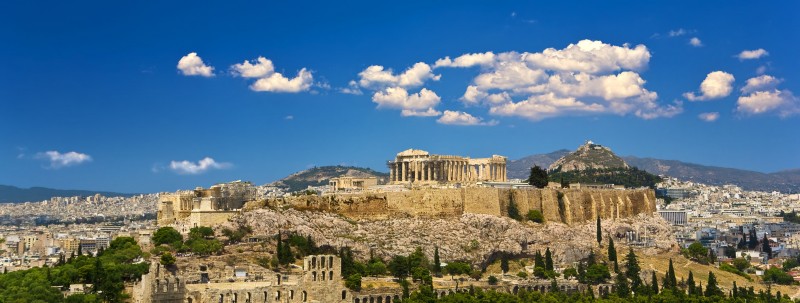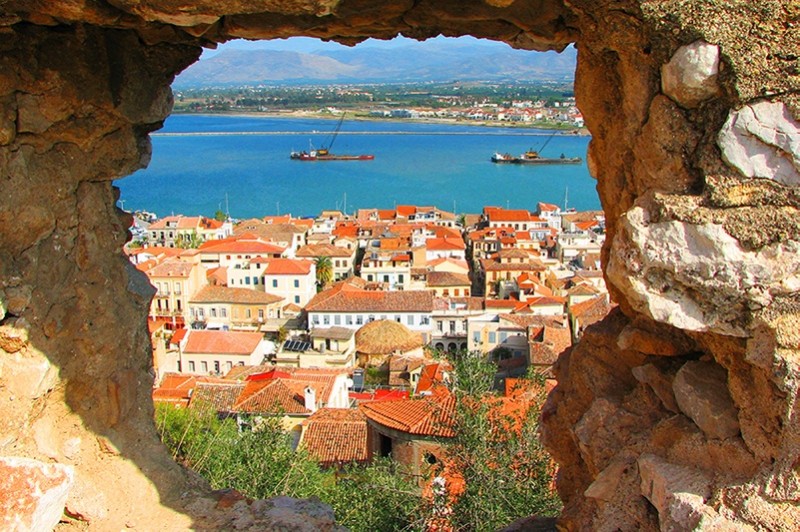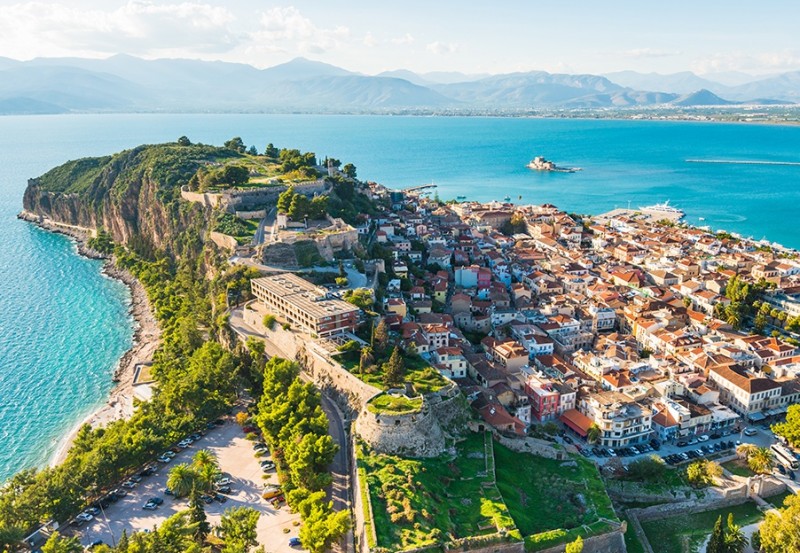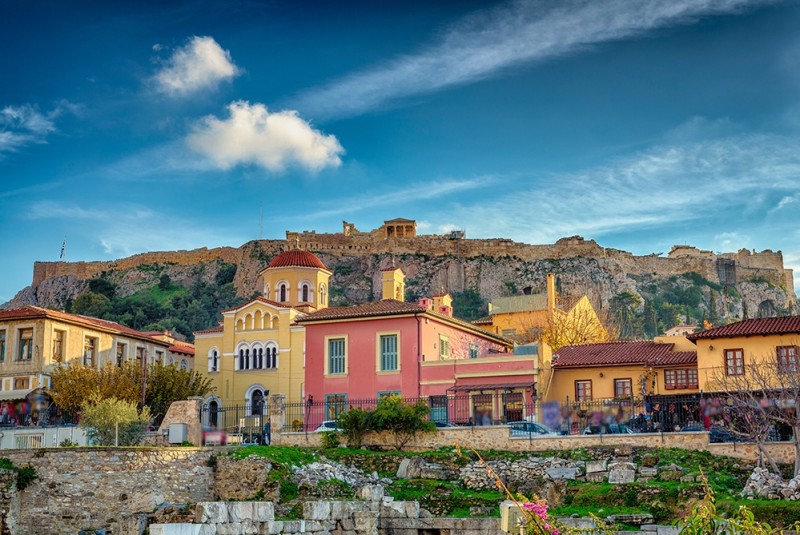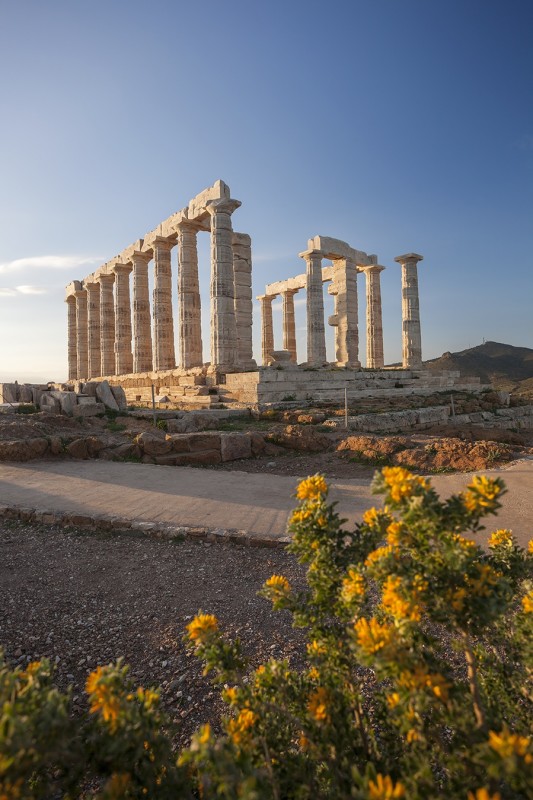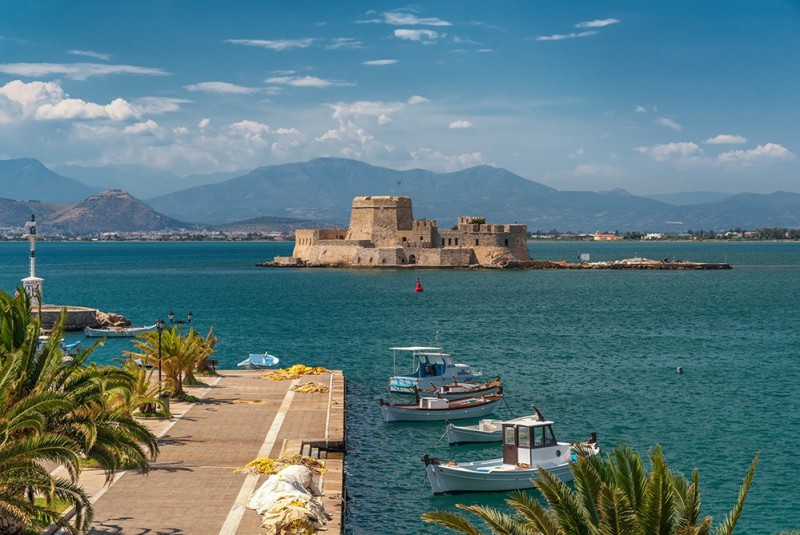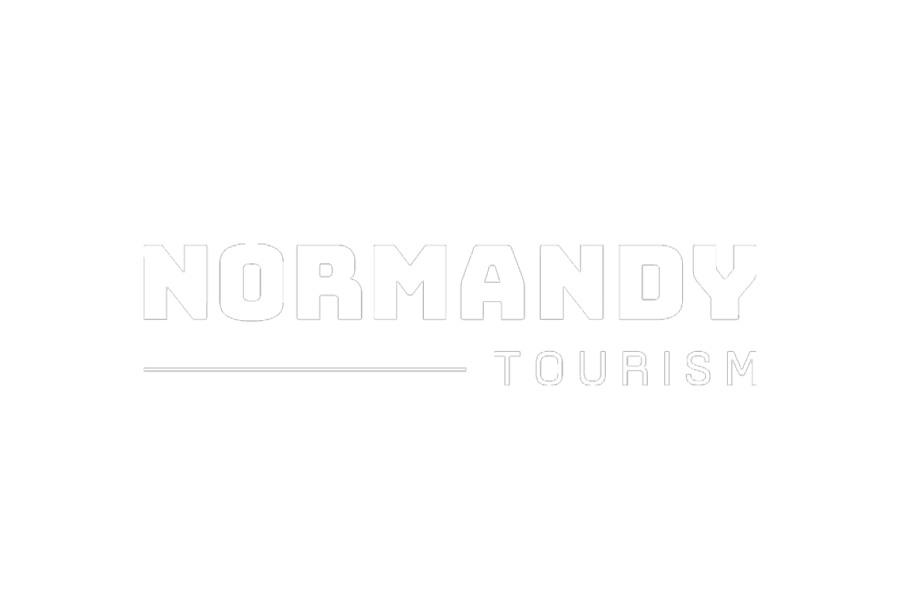Classics 2 centre tour to Greece by air: 5 days, 4 nights
With its wonderful classical heritage, this tour will take your students on a fascinating journey back in time to explore ancient Greece. From the iconic sites at the Acropolis to the wondrous Tomb of Agamemnon, this two centre tour to Athens and Tolon is sure to enthuse your students in their studies and give them life-long memories.
Similar tours
Suggested itinerary
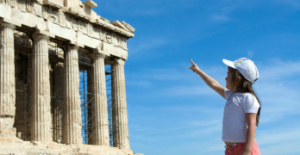
Day one
- Fly from the UK to Athens
- Transfer to your accommodation
- Overnight in Athens
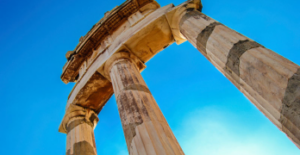
Day two
- Acropolis: Theatre of Dionysus, Parthenon, Acropolis Museum
- Temple of Olympia Zeus
- Plaka district
- Overnight in Athens
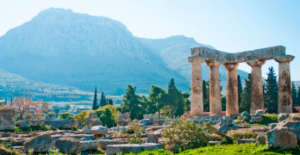
Day three
- Agora Museum and site
- Transfer to Tolon via the ancient city of Corinth and the famous canal
- Overnight in Tolon
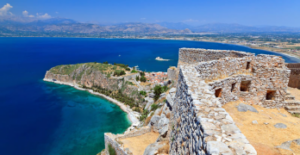
Day four
- Mycenae and the Tomb of Agamemnon
- Theatre at Epidaurus
- The historic port of Nafplio
- Overnight in Tolon
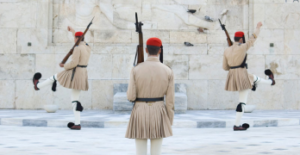
Day five
- Transfer to Athens
- Flight back to the UK
Tour gallery
Excursion Locator Map
Excursion Ideas
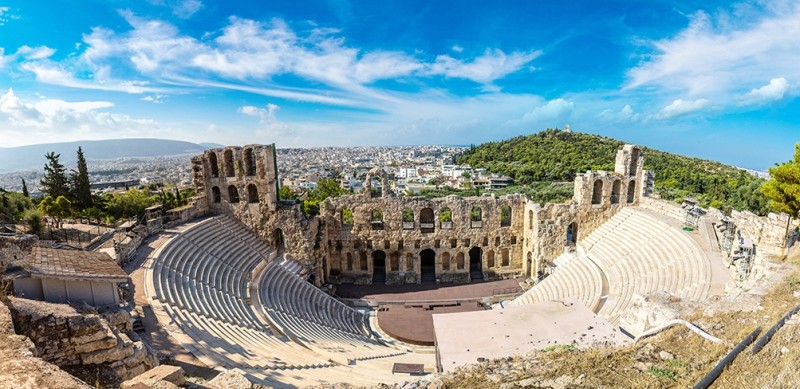
The Acropolis
Subject range: Classics
What you’ll experience: There’s so much to see in this ancient citadel including the iconic classical ruins of the Parthenon, (former temple dedicated to the goddess Athena), the Theatre of Dionysus (where the Athenian tradition of theatrical representations first began), and the Acropolis museum (located only 300 metres from the Acropolis).
Select says: The glory of the Parthenon was the great statue of Athena designed and sculpted by Phidias and made out of elephant ivory and gold.
Temple of Olympian Zeus
Subject range: Classics
What you’ll experience: The Temple of Olympian Zeus is a large ruined temple in the centre of the Greek capital that was dedicated to Zeus. During the Roman periods it was renowned as the largest temple in Greece and housed one of the largest cult statues in the ancient world. There were originally 104 Corinthian columns, each 17 metres high – only 15 columns remain standing today.
Select says: The ruins of the temple can be seen from the Acropolis and are floodlit at night.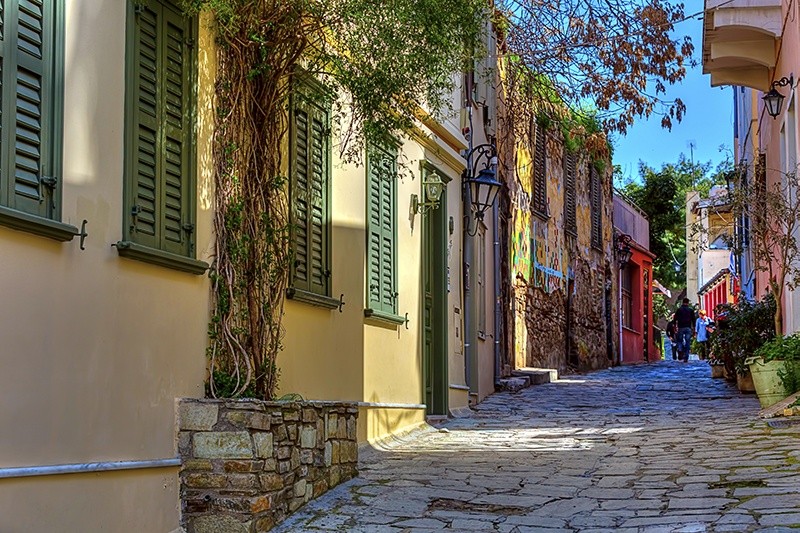
Plaka District
Subject range: Classics
What you’ll experience: Plaka is the old historical neighbourhood of Athens, clustered around the northern and eastern slopes of the Acropolis, and incorporating labyrinthine streets and neoclassical architecture.
Select says: Adrianou Street is the oldest street in Athens still in continuous use. It has had exactly the same layout since antiquity.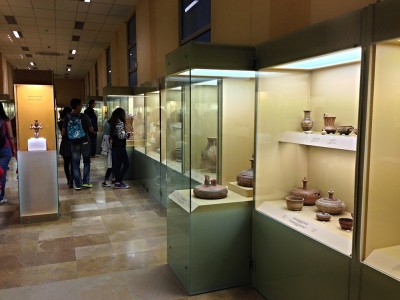
Agora Museum and site
Subject range: Classics
What you’ll experience: The literal meaning of agora is ‘gathering place’ or ‘assembly’ – the agora was the centre of athletic, artistic, spiritual and political life of the city. Located to the northwest of the Acropolis and its exhibits are connected with the Athenian democracy. The museum’s collection includes clay, bronze and glass objects, sculptures, coins and inscriptions from the 7th to the 5th century BC.
Select says: The Athenian Agora Excavation website has some superb information for pre-tour and post-tour use including information on Athenian democracy, the excavation and objects.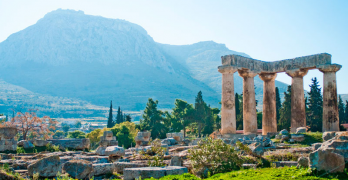
Ancient Corinth
Subject range: Classics
What you’ll experience: The ruins of ancient Corinth are a short drive from the modern city of Corinth. It was an important ancient city about 48 miles west of Athens on the narrow stretch of land that joins the Peloponnese to the mainland of Greece. The most notable ruin is the major landmark of the Temple of Apollo, constructed in 550 BC. Part of the foundation and a few pillars also remain of the Temple of Octavia. There is a sacred spring along the northern edge of the forum and a nearby secret passage, possibly once used by priests, leading to a small shrine. There is also the chance to view the famous Corinth Canal that connects the Gulf of Corinth with the Saronic Gulf in the Aegean Sea.
Select says: Most of the surviving buildings are Roman rather than Greek, dating from the city’s prosperous age after Caesar sacked and rebuilt much of the original Greek city.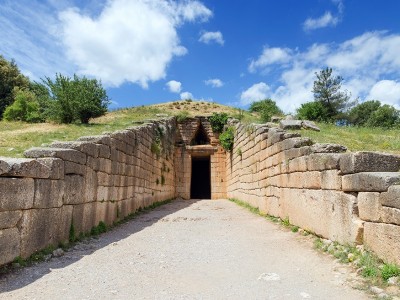
Mycenae and the Tomb of Agamemnon
Subject range: Classics
What you’ll experience: Mycenae is an archaeological site in Greece, located about 90 kilometres southwest of Athens. The Tomb of Agamemnon is one of a number of beehive tombs found in the vicinity of the ancient site of Mycenae but it is by far the best preserved. Altogether nine of these tombs have been unearthed at Mycenae. The tombs consist of a passageway, or dromos, which leads to the entrance, usually a massive doorway. Inside is the tholos, or round room with a domed roof.
Select says: The tombs were constructed between 1510 BC and 1220 BC.
Theatre of Epidaurus
Subject range: Classics
What you’ll experience: The Theatre of Epidaurus is one of the marvels of ancient Greece. Its position in the hills of the Argolid, surrounded by pine trees and oleanders, and its well preserved state, make it a highlight of any visit to Greece.
Select says: The Archaeological Museum of Asklepeion Epidaurus is at the same site and a ticket covers both.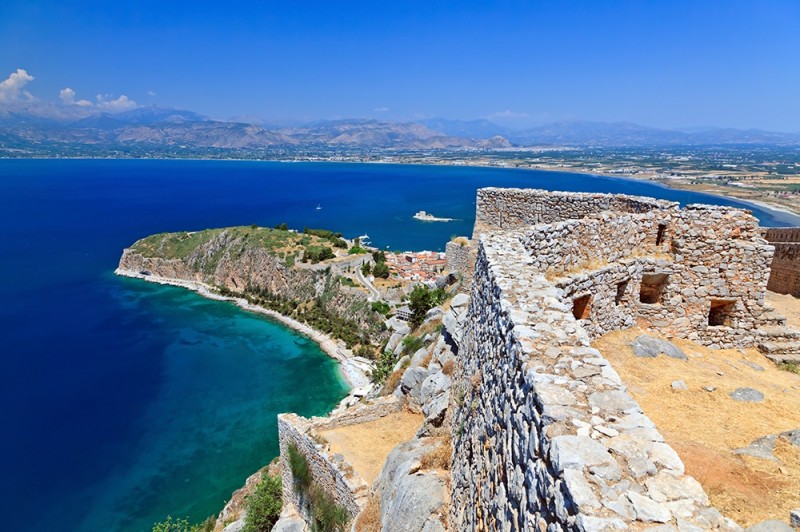
Nafplio
Subject range: Classics
What you’ll experience: This beautiful town is the ancient capital of Argolis. It is overshadowed by the imposing fortress of Palamindi. The town has ancient walls, medieval castles, monuments and statues, Ottoman fountains, and Venetian and neoclassical buildings, which give the town a unique architecture and beauty.
Select says: Can be easily access by the local bus from Tolon.
Classics 2 centre trip to Greece by air: 5 days, 4 nights Accommodation
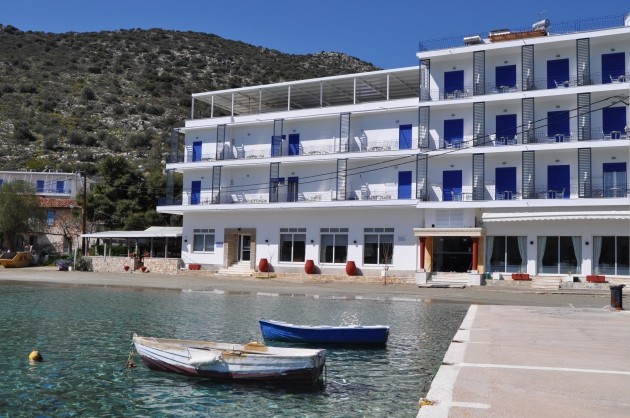
Hotel Minoa Tolon
Location: Tolon
Capacity: 92
Its unique location is right on the beach near the small fishing port of Tolon and right opposite Romvi island. The town centre is less than 5 minutes’ walk away.
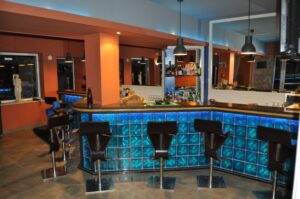
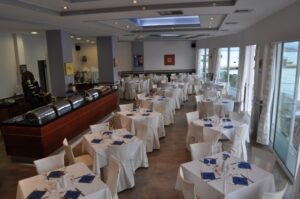

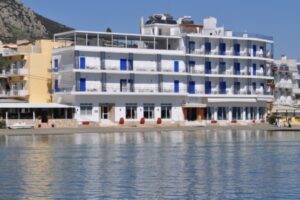
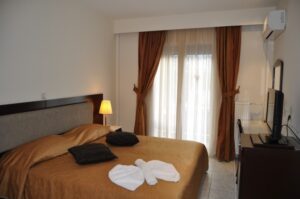


Rooms: All rooms have en-suite facilities.
Facilities: Restaurant, buffet style breakfast and dinner, lounge area, free Wi-Fi.
Links to Learning
Learning areas:
Learning areas:
KS4OCR Ancient History
- The Hellenistic world 323–133 BC
OCR Classical Civilisation
- City Life in the Classical World
- Community Life in the Classical World
- Culture and Society in the Classical World
OCR Greek
- Demonstrate an understanding of the cultural, historical and literary context in which the literature was composed
- Select, analyse and evaluate evidence to draw informed conclusions and make a reasoned, evidence-based response to the material studied.
- Use a range of ancient sources including literary, inscriptional and archaeological
- Identify aspects of content, culture, social practices and values, as appropriate to the sources studied
AQA Classical Civilisation
- Greece and Rome: Stories and Histories
- Greece and Rome: Drama and Life
- Greece and Rome: An Evaluative Study
KS5
OCR Ancient Greek
- Understand and appreciate the literary context from which the set texts have been taken by reading an appropriate selection of ancient literature in English translation
- Understand and appreciate, as appropriate, the social, cultural and historical contexts for the set texts, their authors and audiences
- Demonstrate appropriate historical and/or cultural knowledge when necessary for the understanding or evaluation of a given phrase, sentence or passage
OCR Classical Civilisation
- Art and Architecture in the Greek World
- Comic Drama in the Ancient World
- Greek History: conflict and culture
- Greek Tragedy in its context
- Greek Historians
AQA Classical Civilisation
- Greek Architecture and Sculpture
- Greek Tragedy
- Women in Athens and Rome
- Athenian Imperialism
Select Extras:
Try the resource ‘Time for Kids’ for some basic language tips, a history timeline and more!

